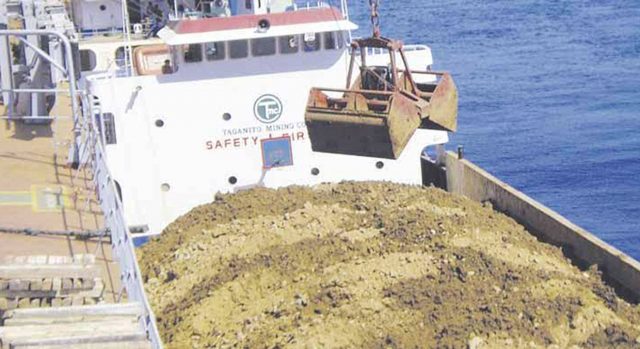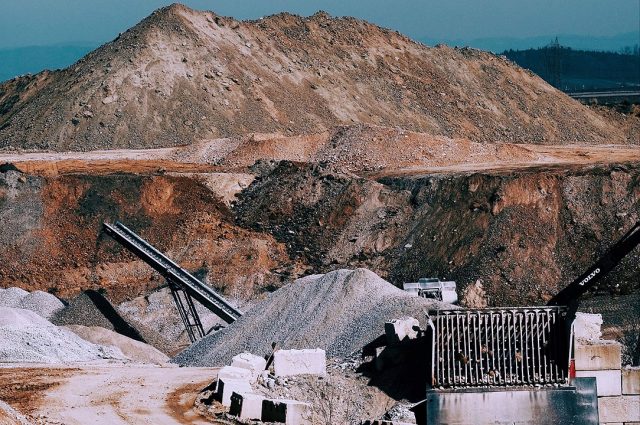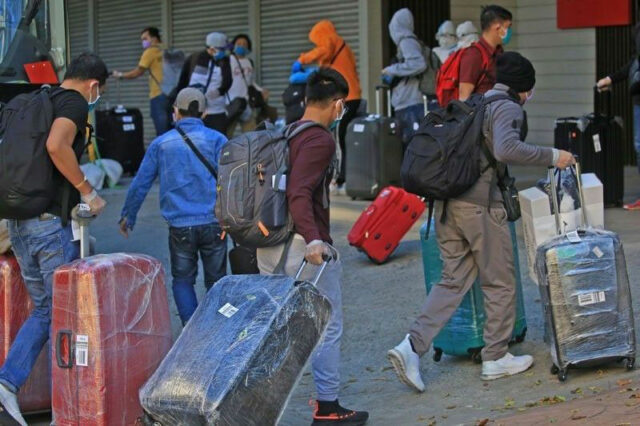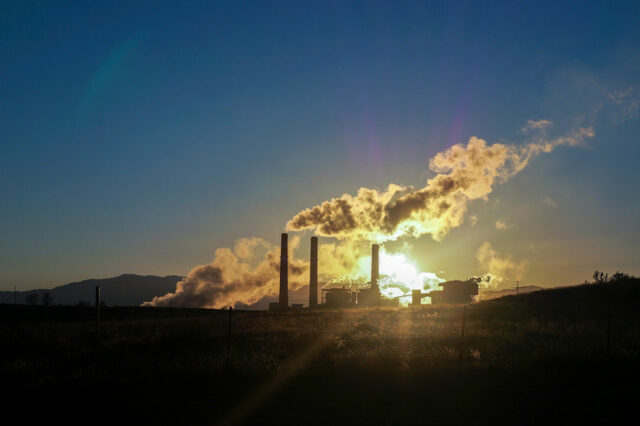Retro look for PHL Cup title series
A CHAMPION that’s been there, done that against a challenger hungry for its PBA milestone. An offensive juggernaut versus a defensive machine. A “retro” duel of teams from the old MICAA days.
Welcome to the PBA Season 48 Philippine Cup finals between San Miguel Beer (SMB) and Meralco, basketball franchises that have been around for over half a century.
“Alam namin magiging exciting ang darating na series,” SMB giant June Mar Fajardo said ahead of the Beermen’s title defense against first-time All-Filipino finalist Meralco Bolts.
Key players of San Miguel and Meralco, their respective coaches Jorge Gallent and Luigi Trillo and governors Robert Non and Bill Pamintuan and PBA commissioner Willie Marcial attended a presscon presented by Bingo Plus on Monday to talk about the explosive best-of-seven series that kicks off tomorrow.
Bolts star Chris Newsome can’t express enough how honored they are to play their maiden All-Filipino final and gun for franchise history against the league’s winningest club with 29 championships at that.
“We’ve always said for us to get a championship, we have to compete against the best and that team (SMB) has proved they’re the best for quite some time,” said Newsome, who hopes to finally hoist the trophy after four previous failed bids in import-flavored conferences. “For us, it’s an honor to be here and we’re just excited to compete against the best.”
The difference in orientation between the protagonists is quite obvious.
SMB’s firepower built around top dog Fajardo, CJ Perez, Don Trollano, Marcio Lassiter and Jericho Cruz is famously scoring 107.4 points a game. Meralco’s shot-stopping unit led by Chris Newsome, Cliff Hodge and Raymond Almazan prides itself in limiting opponents to 86.95 markers.
But that doesn’t mean the premier scorer can’t defend. Or the leading defender can’t put the ball to the hoops..
“Sobrang galing nila as a team in playing defense. Sa amin naman offense, pero hindi alam ng ilan, sobrang low-key lang, we’re also defending well as a unit,” said Cruz.
“We know it’s not only defense. Offense is key. These guys beat Ginebra because they shot the ball better. When it mattered, these guys hit the shots. So for us it’s both ends,” noted Trillo.
The hunger factor may appear stronger on a still title-less Meralco. But San Miguel is also craving for gold with a sweep of Season 48 to complement its triumph in the season-opening Commissioner’s Cup on the line.
“This Meralco team is hungry so we also have to be hungry,” said Gallent, hunting for his second plum at the helm.
Notes: San Miguel vet Chris Ross is going full-circle in the tiff with Meralco. Ross recalled suiting up for the Bolts upon their PBA entry in 2010. “It’s cool to be able to play in Meralco’s first game and now I’ll play against them in their first game in the Philippine Cup finals,” Ross said. “Just an odd feeling. Meralco gave me a chance to show I could play in the PBA. I’m proud they’re able to reach this. I’m happy where I am now and I’m ready to compete against them.” — Olmin Leyba












